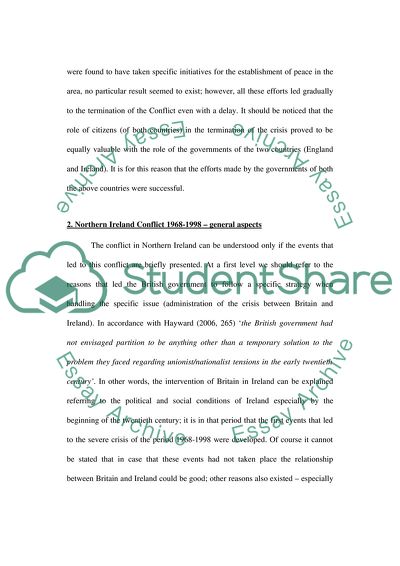Cite this document
(The Nature of the Northern Ireland Conflict Case Study, n.d.)
The Nature of the Northern Ireland Conflict Case Study. Retrieved from https://studentshare.org/history/1714346-critically-analyse-the-argument-that-the-nature-of-the-northern-ireland-conflict-1968-1998-was-ethno-sectarian-rather-than-political
The Nature of the Northern Ireland Conflict Case Study. Retrieved from https://studentshare.org/history/1714346-critically-analyse-the-argument-that-the-nature-of-the-northern-ireland-conflict-1968-1998-was-ethno-sectarian-rather-than-political
(The Nature of the Northern Ireland Conflict Case Study)
The Nature of the Northern Ireland Conflict Case Study. https://studentshare.org/history/1714346-critically-analyse-the-argument-that-the-nature-of-the-northern-ireland-conflict-1968-1998-was-ethno-sectarian-rather-than-political.
The Nature of the Northern Ireland Conflict Case Study. https://studentshare.org/history/1714346-critically-analyse-the-argument-that-the-nature-of-the-northern-ireland-conflict-1968-1998-was-ethno-sectarian-rather-than-political.
“The Nature of the Northern Ireland Conflict Case Study”. https://studentshare.org/history/1714346-critically-analyse-the-argument-that-the-nature-of-the-northern-ireland-conflict-1968-1998-was-ethno-sectarian-rather-than-political.


